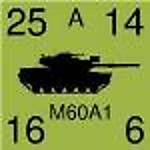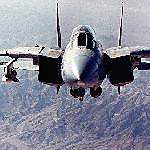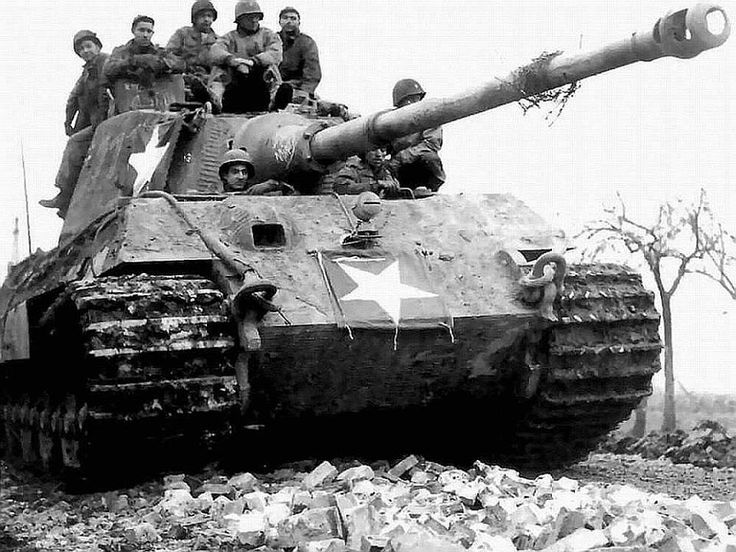Quoted Text
Better tank is then when achieved kill in tactics - first shot-first kill. On many photographs are Tiger with hits in armor - without penetrating. Legend of Tiger I and "Tiger Fever" (in Eastern Front Ferdinand Fever) was a Tiger was unstopable, heavy armored and high deadly machine with high velocity gun. In Viller Boccage we can seen a superiority of Tiger I over allies tank. I canīt agree with argument we have poor techology, and isnīt time - OK - we use this poor technology of whole time of war. P-51 Mustang was developed in 100 days - and was tool of Victory in air battles in ETO and PTO.... You need a quality engineers, luck and progresive thinking in HQ. US Tank destroyers have same poor construction issues as Sherman. Soviet and German tank destroyers are far far away of Wolverine/Achilles Tank destroyers. When you compared a Jagdtiger (most deadly German AFV)and Volverine. Only counterpart who was comparable with Jagtiger was ISU-152... But not only heavy tanks are dangerous for all allied tanks... Most dangerous enemy - from first day of war (!!!) was "Acht-Acht" - 88mm FLAK. When have Nazis problem with enemy tanks, deployed on battlefield few "88" and have in quick win situation. (This is story of KV-2 who blocked three days road to Vilno...When was "88" deployed to battlefield KV-2 was quickly destroyed. And German 75mm guns was most dangerous for British tanks in WW I. Why UK HQ donīt calculate with this in inter-war period ? And why after first months of WW II donīt developed better tank as highly ineffective Cromwell ? (In Villes Boccage canīt Cromwell gun penetrate Wittmanīs Tiger on 50m -but Tiger can give K.O. to Cromwell to 2.5Km range...) I canīt was is myth about Sherman ? Gasoline - highly flameble engine ? Poor armor ? (In Cologne film you can seen it...), ineffective 75mm canon against Tiger and Panther ? 76mm was better, but best Sherman was developed in time of Cold War - M-51 israeli Super Sherman. You can see a Sherman have a capacity for high velocity, high effective gun and can destroyed tanks of newest generation... But WW II period Sherman isnīt good tank - maybe "Easy Eight" was little better and Firefly, but isnīt ideal. Allied HQ ignored category of heavy tanks and heavy tank destroyers.
"You can with it disegree, you can argument against this - but this is one who you can." (Jára D. Cimmrman - Greatest Czech inventor, thinker and philosoph of all times.)
Also in the Cologne Film, which you didn't mention:
The Sherman was killed by a Panther that had just come out concealment from behind the corner of a building.
Subsequently, an M26 (T26E3) appeared and proceeded to CHASE the fleeing Panther around the streets of Cologne, finally catching it and setting IT alight, in turn.
It should be stressed also that most US/Allied Armor was incapacitated or destroyed by the German Tanks and Anti-Tank weaponry from CONCEALMENT. If the tables had been turned, German Tanks would have also suffered losses.
Again, the Sherman was not a BAD Tank- It was designed in accordance to the best information available at the time, which was to be able to fight and defeat such German Tanks as Panzer Is, IIs, IIIs, and IVs...
Another factor in the Sherman's inadequacy, speaking about it's comparatively light Armor and it's "obsolescent" 75mm Main Gun, was the fact that additional information had come to light through the British after their successes in using "Lend-Lease" Shermans at the last battle for El Alamein. The Sherman really wasn't developed much further until AFTER the American debacle at Kasserine, where the inadequacies of the Sherman's Armor and Main Gun became readily apparent. To further compound our devastating loss at Kasserine, our bad performance and losses can be attributed to the Americans' INEXPERIENCE against the cream of the German Army, STUPID, Lousy Tactics, and over-confidence, stemming from our Tank Crews being told that their M4s and M4A1s were "the FINEST Tanks in the WORLD" while they were still in training back in the United States and in Britain. Big mistake.
By the time of the "Breakout" of Normandy, American Tankers had learned to use their Shermans to their best advantages; massed attack, or bypass the German Armor and Troop concentrations, leaving them to "wither on the vine, so to speak. The American Tankers and Infantry quickly learned to call in our Artillery, which was the finest in Europe, and Air Support from the very nearly ever-present US/Allied Fighter-Bombers buzzing around if not overhead, then only minutes away, via FACs (Forward Air Controllers) and by this time, a much-improved Radio Communications Network.
Another factor which many authors seem to either gloss-over or not mention entirely, is that American tankers also learned that by hitting German Armor in certain areas such as "shot traps", with "Willy-Pete" (White Phosphorous) Rounds, which burned uncontrollably, they could incapacitate even the largest and heaviest German Tanks. The Willy-Pete would burn furiously, seeping in through Hatches, Engine Grates, and through the Turret Races, setting the INSIDES of the enemy Tanks ablaze. This burning quickly accellerated, setting accumulated fuel, oil, hydraulic fluids AND Crew Members on fire, much to their discomfort. Once the Willy-Pete set the enemy Tank's Ammo on fire, well, "that was all she wrote". The German Crews had only two options; either GET OUT, or burn to death.
My Onkel Ludwig, which I mentioned in an earlier post, stated to me that during his war, he and his fellow German Crew Members' greatest fears were to be hit with Willy-Pete, or to be caught out in the open when US/Allied JABOS were about...
I won't, YET AGAIN, go into a long discussion of the earlier, misguided policy of US Armor being subordinate to the Infantry, and the Sherman's faults as a result of this policy because it's already been done numerous times by myself and my fellow contributors in this thread. The Sherman deserves a bit more credit than some detractors seem to place upon it, yet the arguments for and against will rage ad nauseam...































